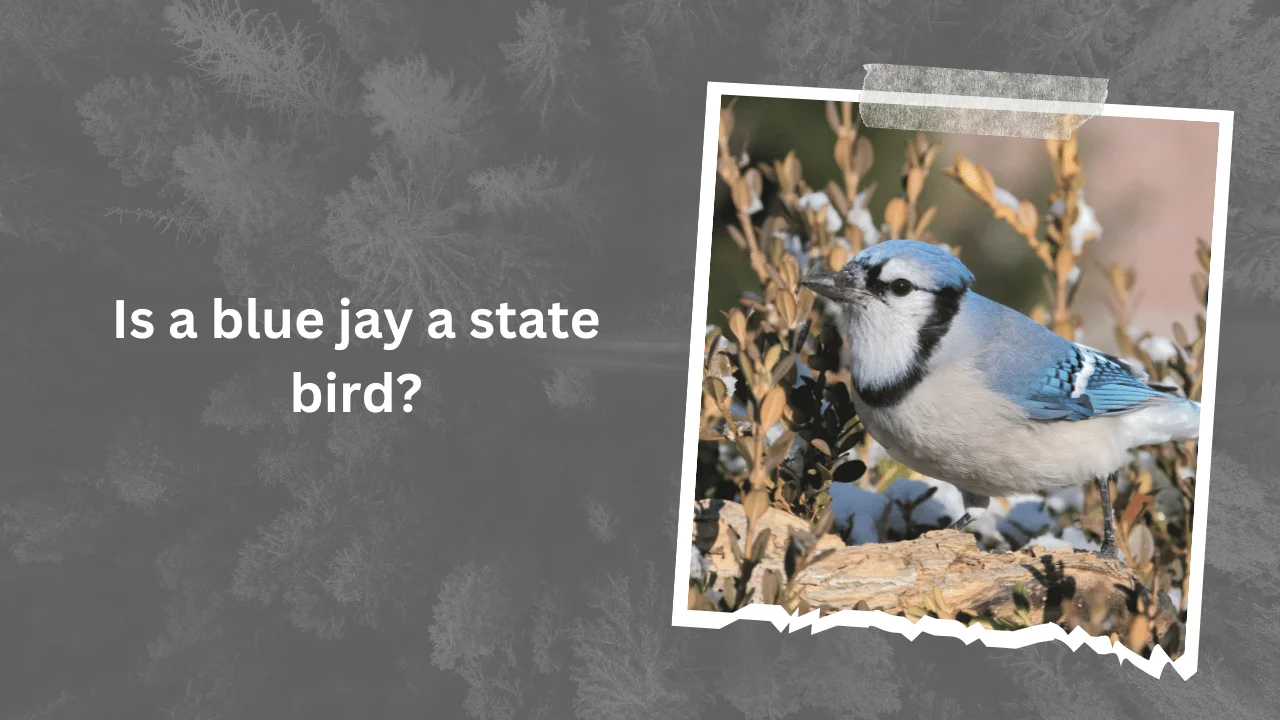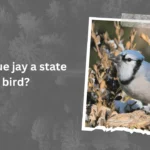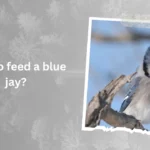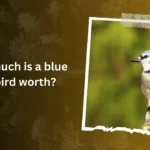Have you ever watched a flash of azure streak across your backyard, leaving behind a cacophony of calls that sound suspiciously like a royal decree?
That, my friend, is a Blue Jay, a vibrant and intelligent bird that’s a familiar sight in many parts of North America. But here’s a question that might have crossed your mind while admiring its boldness:
Does this charismatic creature hold the prestigious title of “State Bird” anywhere?
State birds are a source of local pride, representing the unique character and beauty of each region. While robins, cardinals, and mockingbirds frequently grace these official positions, the Blue Jay, with its vibrant plumage and bold personality, seems like a natural contender.
So, is there a state out there that has crowned the Blue Jay its feathered champion? Dive into this blog post to explore the fascinating world of state bird designations and discover if the Blue Jay has officially claimed its royal perch!
Contents
State Birds and Their Symbolism
State birds are more than just colorful feathered creatures; they hold significant cultural and historical significance.
They often symbolize the state’s natural beauty, history, or unique characteristics. The selection of a state bird is typically based on several factors, including popularity, abundance, and cultural significance.
The Blue Jay: A Beloved Bird
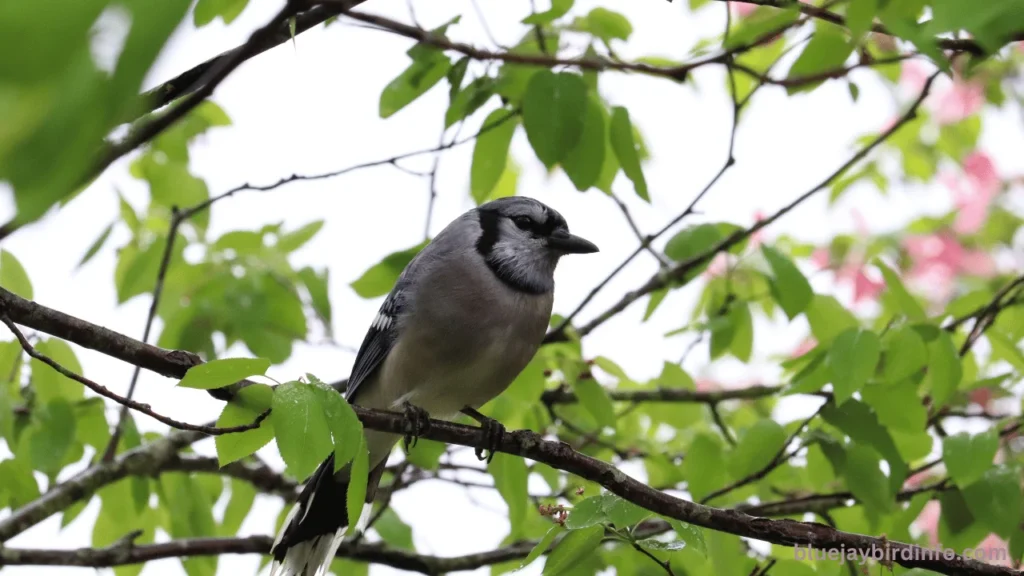
Blue jays are easily recognizable by their striking blue plumage and distinctive crest. They are highly intelligent birds with a wide range of vocalizations, including mimicry.
Blue jays are commonly found in deciduous and mixed forests across North America.
These birds play a vital role in seed dispersal and insect control. They are often seen foraging for insects, acorns, and berries. Blue jays are also known for their aggressive territorial behavior, particularly during breeding season.
Blue Jays as State Symbols
While blue jays are beloved by many, they have not been officially designated as a state bird by any state in the United States.
However, their cultural significance is undeniable. They have been featured in folklore, literature, and art, often symbolizing intelligence, creativity, and independence.
The Impact of Human Activities on Blue Jay Populations
Human activities, such as habitat loss and fragmentation, have had a significant impact on blue jay populations. Deforestation and urbanization have reduced the availability of suitable nesting and foraging sites.
Climate change is another threat to blue jay populations. Changes in temperature and precipitation patterns can affect their breeding success and migration patterns.
Conservation efforts are crucial to protect blue jay populations. By preserving their habitats, reducing pesticide use, and promoting bird-friendly practices, we can help ensure the survival of these beautiful birds.
The Future of Blue Jays and State Bird Designations
As public awareness of environmental issues grows, there is increasing interest in protecting wildlife and natural habitats. This may lead to renewed discussions about state bird designations and the potential role of blue jays.
The future of state bird designations is likely to be influenced by factors such as public opinion, scientific research, and cultural significance.
As we continue to learn more about the ecological importance and cultural symbolism of birds like the blue jay, we may see a greater appreciation for these feathered wonders.
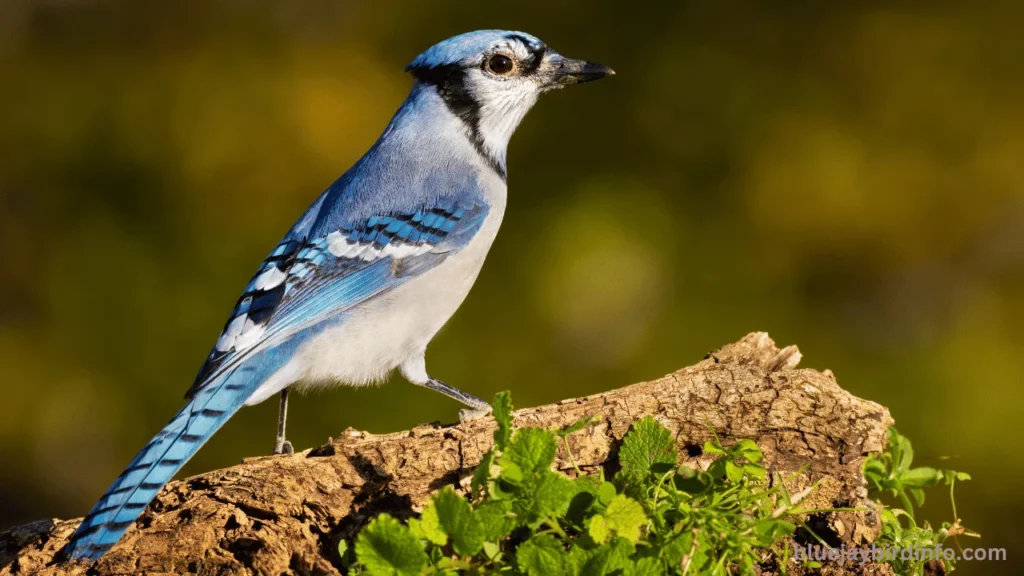
Conclusion
While the blue jay may not currently hold the title of state bird in any state, it remains a beloved and iconic species. Its striking appearance, intelligence, and cultural significance make it a symbol of nature’s beauty and resilience.
By understanding the ecological role of blue jays and taking steps to protect their habitats, we can ensure that future generations can continue to enjoy the presence of these magnificent birds.
FAQ’s
Do blue jays migrate?
Some blue jay populations migrate, while others are year-round residents. Migration patterns can vary depending on geographic location and weather conditions.
What do blue jays eat?
Blue jays have a diverse diet that includes insects, seeds, nuts, fruits, and sometimes small vertebrates like lizards and frogs.
Why do blue jays mimic other birds?
Blue jays are known for their ability to mimic the calls of other birds. This behavior can serve various purposes, such as attracting mates, defending territory, or deceiving predators.
How can I attract blue jays to my backyard?
To attract blue jays to your backyard, you can provide bird feeders filled with sunflower seeds, peanuts, and suet. Planting native plants that produce berries and nuts can also attract blue jays.
Are blue jays aggressive?
Blue jays can be territorial and aggressive, especially during breeding season. They may chase away other birds and even humans.
What is the lifespan of a blue jay?
The average lifespan of a blue jay is 10-15 years, although some individuals may live longer.

